Ghost of Tsushima: Mastering Combat and Stealth Techniques
- Grace Lee
- August 16, 2024
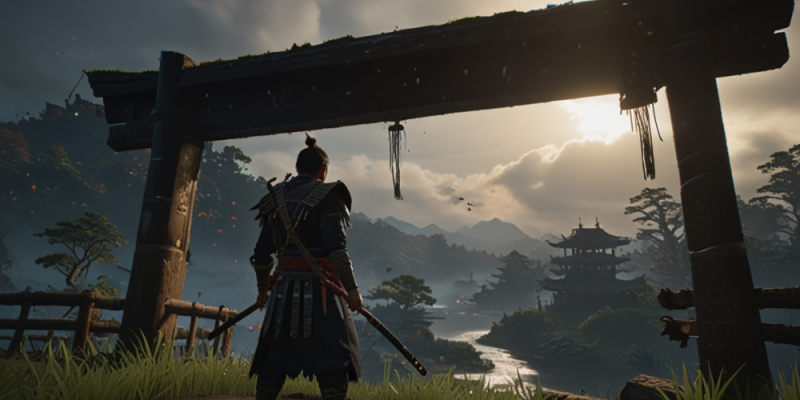
Ghost of Tsushima presents players with a rich, engaging combat system. An integral part of this system is its focus on powerful strikes and precise timing. Utilizing a variety of weapons, such as the katana or the tanto knife, players can deliver carefully timed blows to their opponents, causing severe damage and potentially interrupting enemy attacks. Damage is calculated based on the timing and context of a strike, rewarding skilled players who can effectively predict and react to enemy movements.
Finding Balance in Offensive and Defensive Tactics
Players are encouraged to carefully balance offensive and defensive tactics in battle. Offensive strategies involve attacks aimed at immobilizing or incapacitating enemies. These attacks are generally more powerful but can leave the player vulnerable to counterattacks. On the other hand, defensive tactics revolve around parrying enemy strikes and seeking opportunities to retaliate. A successful defensive strategy can often turn the tide of battle, particularly against more powerful opponents.
Exploring Different Combat Styles
The game offers an exciting array of combat styles, each with unique pros and cons. The Stone stance, for example, is effective against swordsmen, while the Water stance shapes up nicely against shield-bearing enemies. Additionally, each style has a set of moves that can be unlocked and enhanced as the game progresses. This customization aspect adds another layer of depth to combat, allowing players to adapt their fighting style to different types of enemies and situations.
Mastering the Art of Stealth
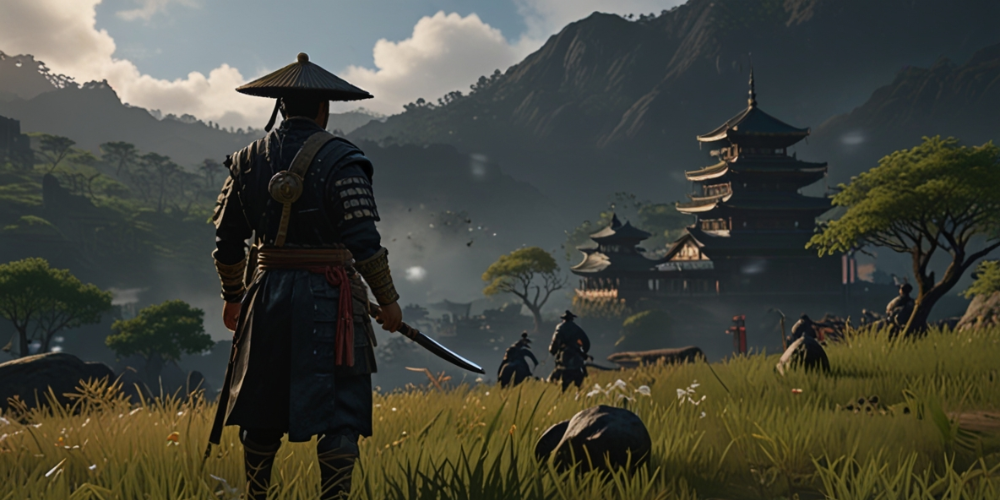
Besides direct combat, Ghost of Tsushima heavily features stealth gameplay. Players can utilize the environment to hide and navigate without being detected. Skulking in tall grass, silently executing enemies from behind, and distracting guards with wind chimes are all viable strategies. As gamers progress through various stages of the game, they will gain access to the eerie yet powerful Ghost stance. This particular configuration imbues the players with deadly stealth capabilities, significantly bolstering their arsenal of tactical advantages. The augmented stealth skills provided by the Ghost stance can play a crucial role in subtly shifting the battlefield equilibrium to their advantage, thereby offering thrilling gameplay moments and unexpected victories.
Poetic Fluidity and Elegance: The Game's Aesthetic
The aesthetic of Ghost of Tsushima is simply breathtaking. The game captures the beauty and culture of Feudal Japan with stunning visual fidelity and attention to detail. The use of color, light, and shadows creates a palpable atmosphere, whether it's the sun-soaked paddy fields, foggy woodland, or ominous Mongol encampments. The game design also offers smooth and realistic animations that add to the immersion and engagement of gameplay.
A Vibrant Ecosystem: Wildlife in Ghost of Tsushima
Apart from the human characters, the wildlife in Ghost of Tsubishi is an integral part of its world-building. Eagles circling overhead, foxes leading players to hidden shrines, and deer grazing in the forest - these small details in the background breathe life into the game's environment. Additionally, wildlife can also play a role in gameplay, such as birds leading the player to points of interest.
Reality Conveyed through Sound
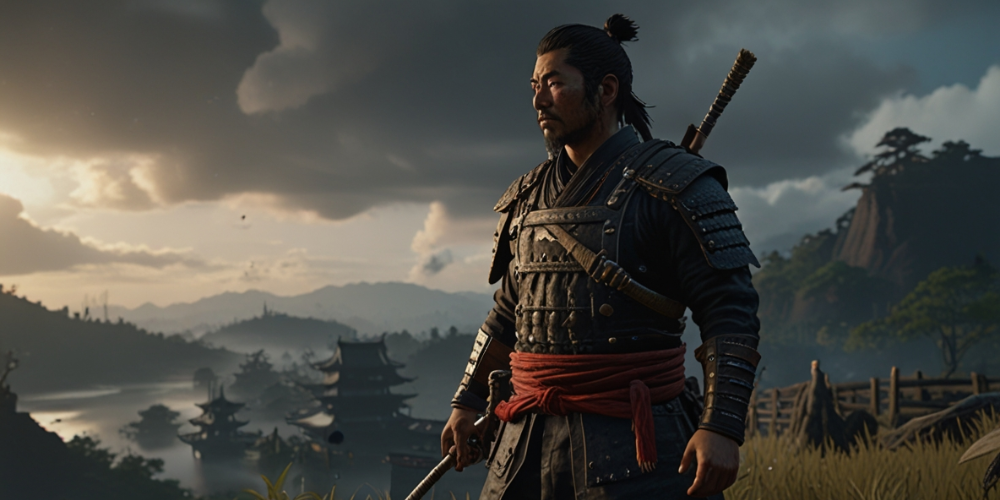
Ghost of Tsushima excels in its sound design as well. The haunting melodies that accompany gameplay, the throaty war cries of Mongol invaders, and the rustling of leaves in the wind - these sounds create an immersive soundscape that truly underlines the game's theme and setting. The sound design helps transport players into the thick of feudal Japan, experiencing each epic encounter or quiet moment of solitude with heightened realism.
Landscapes that Mesmerize
The game's captivating environmental design is worth noting. The island of Tsushima is meticulously designed, teeming with varying landscapes. From the torii-gated shrines atop picturesque mountain trails to the unquiet stillness of a dense bamboo forest, every location has unique features. The realistic and immersive settings provide the perfect backdrop to the tragic yet inspiring tale of the samurai.
The Evolution of the Protagonist
The transformation of Jin Sakai, the game's protagonist, from a Samurai to a Ghost is gripping. Players are faced with choices that shape Jin's personality and strategies. These decisions also influence the game's narrative, evolving the character in response to player actions and decisions.
NPCs and their Impact on the Plot
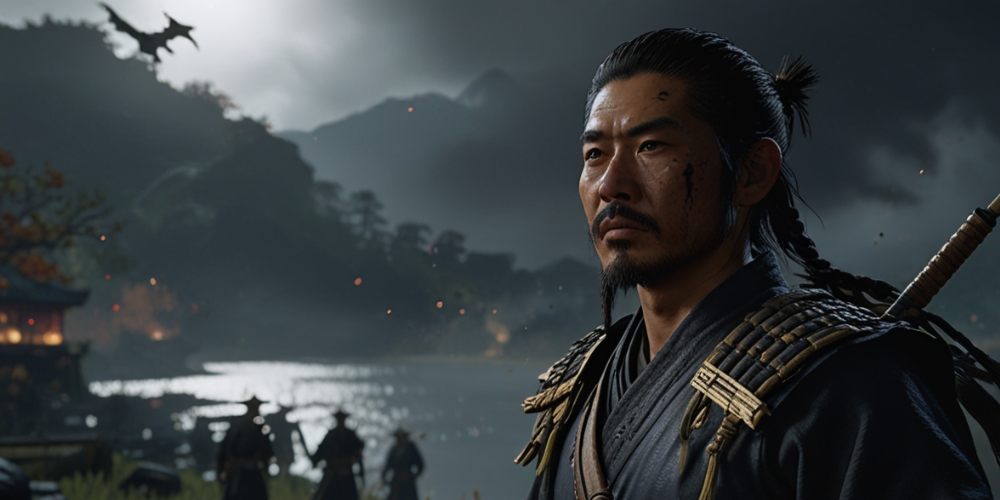
Non-playable characters (NPCs) in Ghost of Tsushima play essential roles, both in the main storyline and side quests. They add depth to the game's world, each bearing their own backstory and motivations. Relationships with NPCs can alter the course of the game. Helping or interacting with NPCs can unlock new stories, providing further context to the ongoing battle for Tsushima.
Customization and Armor Sets
Ghost of Tsushima allows players to customize Jin's appearance and abilities through various armor sets. Each set grants unique benefits and can be upgraded using resources gathered throughout the game. The armors not only provide visual diversity but also significantly influence Jin's capability in combat and stealth.
Exploring Tsushima: Guided by the Wind
One of the unique gameplay mechanics in Ghost of Tsushima is the guiding wind. Players can call upon the wind anytime to point them towards their chosen destination. This mechanic takes the place of traditional in-game navigation systems and seamlessly integrates with the world, immersing players fully in the exploration of Tsushima's picturesque landscapes.
Skills and Levelling Up
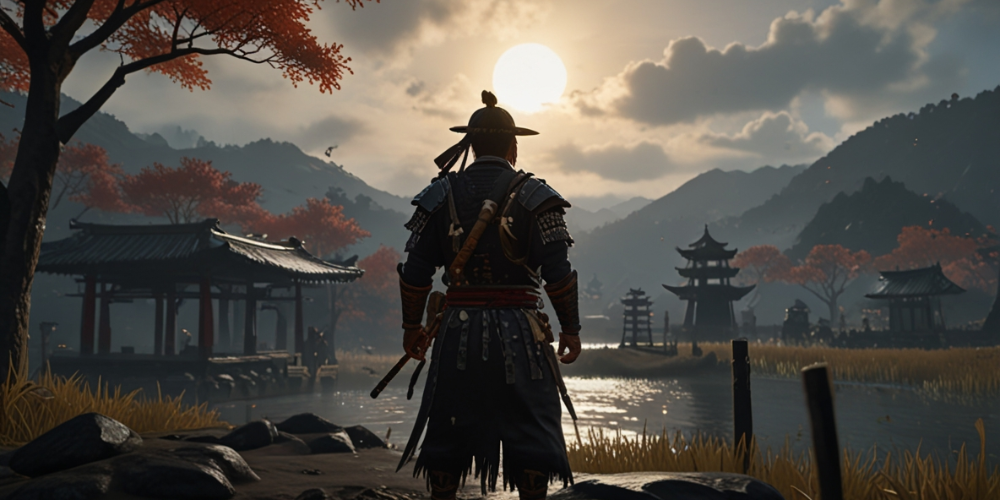
Jin's skills can be leveled up and customized through the game's unique skill tree. Upgrades can improve Jin's swordsmanship, archery, stealth, and focus (which slows down time), among others. This means the game's content and challenges don't get monotonous, as there are several ways to approach combat and exploration.
Introduction of Mythic Tales
The introduction of mythic tales is another interesting aspect of Ghost of Tsushima. These are essentially side quests that reveal legends of Tsushima while providing Jin with additional skills, weapons, or armor. Reverently narrated by a musician, these mythic tales amplify the game's lore and add a dose of legend and mystique into the mix.
Benevolence in Ghost of Tsushima
Besides being a warrior, Jin can also help the people of Tsushima in their day-to-day problems. From finding lost family members to gathering food and other materials, these humanitarian quests allow players to interact with Tsushima's populace, gaining their trust and respect. This aspect of benevolence shifts the game from pure combat to a personal connection with the inhabitants of Tsushima.















